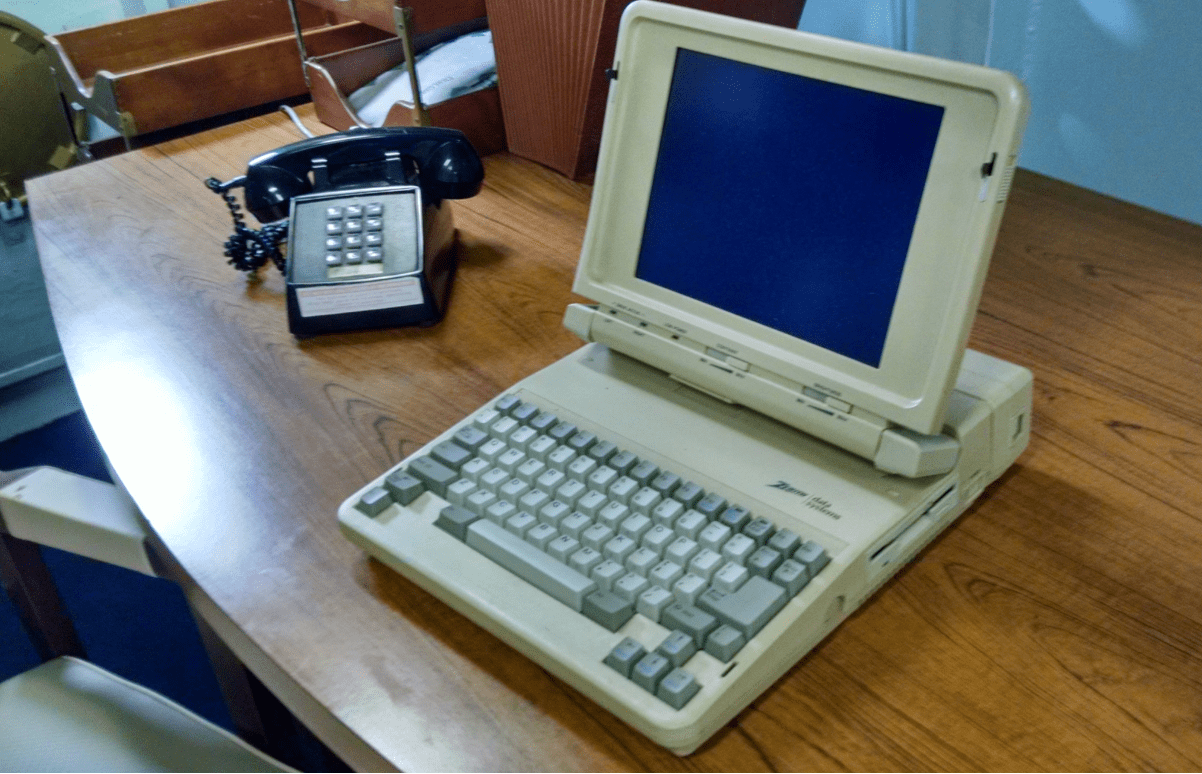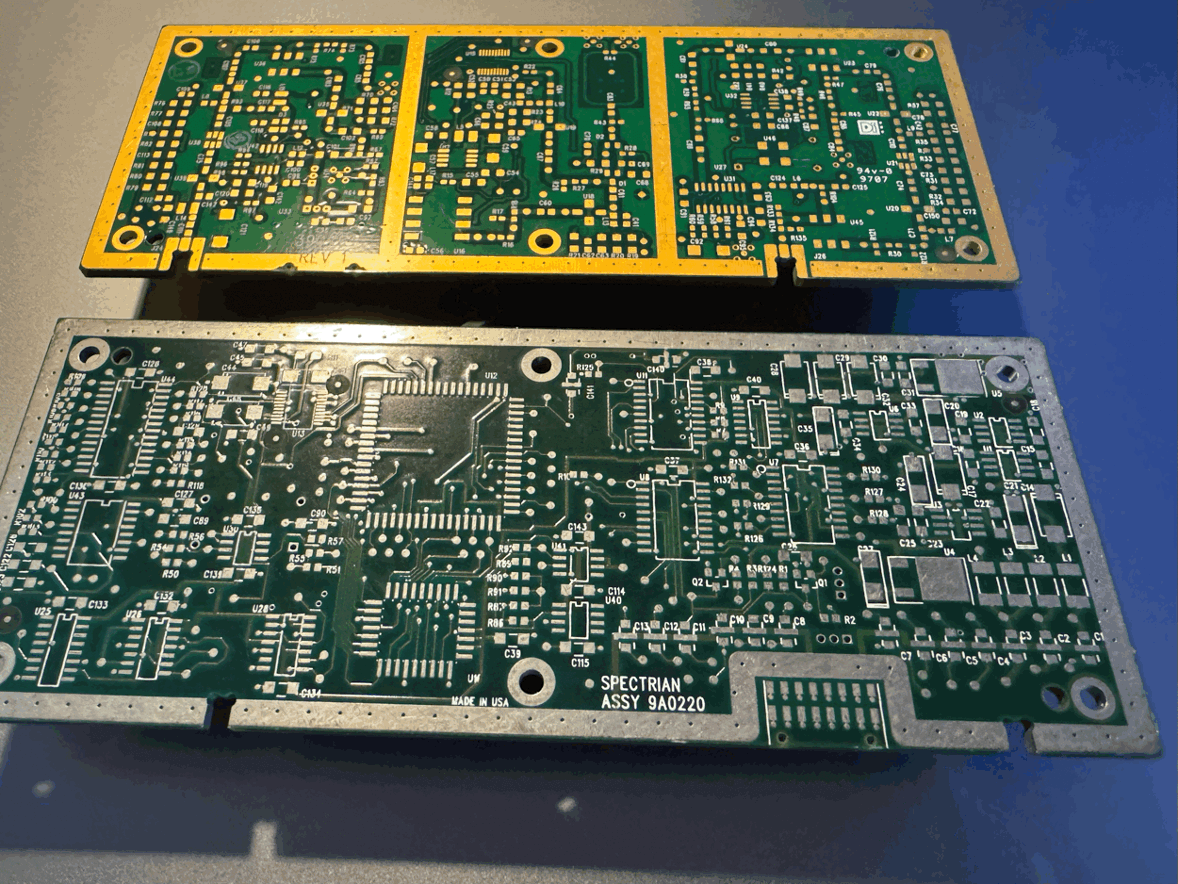Collaborating with Service Bureaus to Optimize Production Costs and Lead Times
Time to market is one of the most significant metrics factoring into the success of a product. The advantage of being the first to enter a space is that everyone who comes after has to be clearly better in some way. Whether it is a feature that resonates with the buyers or a lower price, it will be an uphill battle for the later entrants to gain market share. The recognition and higher gross margins go the first mover. Even then, innovations turn into commodities in a hurry.
This is never more true than during a period of upheaval. I was around for the digitization of the phone system. We went from Alexander Graham Bell's invention of the telephone system to using those same wires to carry data. As you know, that caught on pretty well.
Back in 1984, the U.S. government broke up the telephone monopoly which gave rise to five local providers (baby bells) and one think tank; Bell Labs. All of a sudden, there was a race to provide equipment that could multiply the number of conversations that could be held on a single T1 line. The old-school analog equipment could host 24 channels.
A Personal History That Shapes My Advice
I found a job building telecom racks for a small company named Grainger Associates. Through the magic of multiplexing, we could increase the throughput from 24 up to 60 channels then 120, 384 and finally 476 channels on a single T1 line. One of those seven foot (2.1 meter) racks would sell for the price of a midsize Mercedes.
That was just for the rack with back panels. Filling it with die groups (eight boards plus a power supply, times twelve) would fetch the same money as an average Bay Area house, say $200,000 in mid-eighties money. We also had eleven foot (3.3 meter) racks for the baby bells who were contractually not permitted to buy the seven footers.

Figure 1. Can you imagine going on vacation and leaving your phone behind? This was our world back in 1985. One of the innovations of the time was lower priced long distance calls after 7:00 pm. Local calls were part of the baseline service but the next county over could be on a minute by minute rate. Image Credit: Author
Know Your Strengths and Shore Up Your Team With Experts
We had a team that had a core competency in modulators, demodulators and the quirky T1 interface. The sleek analog-to-digital and digital-to-analog boards were sourced from another company. The power supply was also a "buy" product rather than an in-house thing. The remaining two boards were done in collaboration with a service bureau. Our schematics for those were turned into boards on site under the supervision of our engineering team.
Each generation required a whole new die group. We also had a line of Echo Cancellers and the company's original product; a point-to-multipoint radio system used by off-shore oil wells. There was a telecom revolution that spawned the internet via dial-up service. That was followed by a wireless revolution that gave us our cell phones that turned into the all encompassing smart phones. My part in that was at a company called Spectrian. We were a vendor for Qualcomm and then Samsung when QCOM sold their cellular base station segment.
"Don't think for a minute that the phone makers have decided to stop disrupting the electronics landscape."
When a new company went public in the same space, the market reacted. Our CEO came right out and told us that "We would make a good short." I wish I knew then what he was talking about. Our stock cratered and we were eventually acquired by a larger telecom outfit.

Figure 2. Two versions of a double-sided, mixed signal PCB. It was used as a correction board for a multi-carrier linear amplifier for a 3G cellular base station. The HASL board came first (circa 1996) showing the DSP circuit followed by ENIG in 1997 with the analog side up. The first one was a team effort while the final iteration was a minor improvement including the finish more conducive to surface mount technology. Image Credit: Author.
When it came to smartphones, anyone in the camera business felt the seismic shift. So did the people making maps, pagers, flashlights, watches, compasses, rolodexes, calendars and so on. Just look at all of the apps on your phone to know that we're only scratching the surface here. Don't think for a minute that the phone makers have decided to stop disrupting the electronics landscape.
The companies of today are facing yet another revolution. Artificial intelligence incorporates machine learning, large language models and other branches of advanced software engineering. There could be 1000+ opportunities out there with myriad enterprises seeking the golden ring. The stakes couldn't be higher. First across the finish line wins.
A Contractors Tale
My second PCB Designer job was as a contractor for six months. It was designing edge routers for enterprise customers. Those two boards were some of the toughest because I had been doing analog boards for the previous nine years. I wasn't really qualified but I knew the hiring manager from Granger Associates. I also had four more interviews scheduled, including NVIDIA, (!) and used that leverage to force him to hire me on the spot. Y2K was a good time to be a board designer.
With about two months left on that six-month contract, I established a one-man service bureau with a single client. My hours were from 4:00 pm to 8:00 pm five days a week until the other contract ended. Then, it became my day job though I was not able to grow the company any further.
The manager was actually from the nine-year stint so, of course, it was more analog. Lance was both a manager and a mentor and even called me into a third job, again pulling me away from a digitally focussed position. I guess I was born to be analog! Around that time, I was told that board designers were like Bay Area houses!
It's who you know but also, them knowing what you know.
So, that's my background as a consultant. It was based on expertise in a particular field. Over that time, I used three brands of ECAD tools; EE Designer, PADS and Allegro, the latter being my only tool from 1996 to present. Being an expert on a tool and a technology are the specialized skills that open doors.
Networking Works But There Are Pitfalls To Avoid
Another mentor, this one from Google, also hired me into two subsequent companies; one designing PCBs for LiDAR sensors and the other as a contractor doing laser based communication satellites for the U.S government. It's who you know but also, them knowing what you know. Finding a service bureau with experience in your field is a safer bet than a random selection.
In all cases, I still had to pass an interview. SA Photonics rejected me outright when the agency sent them my resume. Basically, none of the products that I had designed were in orbit. They wanted someone who already had the "right stuff". Eight years of laser technology wasn't enough. It was only because of Matt, my previous mentor/manager and their new VP of Engineering, who insisted that I got the job.
Any temp, vendor or contractor should be scrutinized before they warm up the chair of a CAD station on your behalf. It is your prerogative to interview potential candidates. They tend to charge a lot of money where the person doing the actual work sees maybe two thirds of the total in order to keep the agency, bureau or consultancy afloat

Figure 3. Better tools for better outcomes. A strong constraint manager along with scripting tools and partitioning of the design allow more flexibility in sharing the workload. Image Credit: Cadence
Another thing to look for is a service bureau with a global footprint. They have the ability to work around the clock and the rates are normally lower. PalPilot and Freedom CAD are two companies that meet the requirements. They can send someone to your office during the day and then have a second shift off-shore to pull in the schedule.
In Business, We Use Money To Keep Score
When a product is released into the market, it comes with considerable baggage. Just like the PCB fab house charges a nonrecurring engineering fee on top of the piece rate, the final product has a development cost to cover before a profit can be recognized.
The cost of goods sold (BOM cost and labor over a period of time) plus overhead such as advertising, distribution, and maintaining the entire facility including labs, parking lots and everyone's salary have to be paid for out of profits from the selling price. Additional engineering to fix a problem will add to the number of units that have to be sold to break even. Warranty costs and product returns erode the profit margin.
Competition, advancements in technology, geopolitics and customer perception are just some of the things that can affect the results in the factory. Success can be fleeting as more companies enter a space. Rest on your laurels at your own peril. Improvement and innovation have to be non-stop as a matter of survival.
Circling back to the first paragraph, the company that creates a new product segment is the one that is going to be able to charge the kind of money that will quickly pay off the development costs. Using a good service bureau will help win that race to market but only if they are well managed from our end. Whether it's enterprise hardware or consumer electronics, everything seems to become a commodity once there are enough vendors in the space. Strive to be first, my friends.